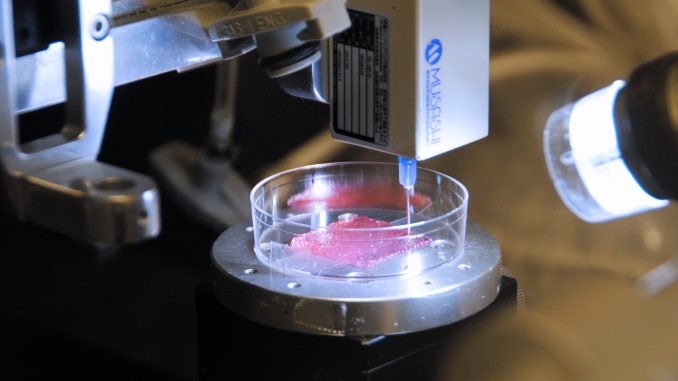
Introduction
The field of 3D printing has been on a remarkable journey since its inception, revolutionizing industries from manufacturing to healthcare. One of the most groundbreaking advancements in this technology is the emergence of bio-printing, which holds the potential to transform the way we approach organ transplantation and healthcare as a whole. In this article, we will explore the evolution of 3D printing and delve into the latest breakthrough – a bio-printing technique that can create functional organs.
The Evolution of 3D Printing
3D printing, also known as additive manufacturing, has come a long way since its introduction in the 1980s. Initially, it was primarily used for rapid prototyping in the industrial sector. However, as technology improved, the applications of 3D printing expanded rapidly. Here is a brief overview of its evolution:
Prototyping: The early years of 3D printing were dominated by its use in creating prototypes and models for product development. It allowed engineers and designers to iterate quickly and efficiently.
Industrial Manufacturing: As the technology advanced, 3D printing found its place in manufacturing, enabling the production of complex and customized components for industries like aerospace, automotive, and healthcare.
Personal 3D Printing: The introduction of affordable desktop 3D printers made the technology accessible to enthusiasts and hobbyists. This fueled creativity and innovation in various fields.
Medical Applications: 3D printing made significant strides in the healthcare sector, facilitating the creation of patient-specific implants, prosthetics, and surgical models.
The Emergence of Bio-Printing
Bio-printing is a specialized branch of 3D printing that focuses on creating biological structures, such as tissues and organs, using living cells as building blocks. This revolutionary approach holds tremendous promise in the field of regenerative medicine and transplantation. Here’s how bio-printing works:
Cell Selection: In bio-printing, the first step involves selecting the appropriate type of cells for the desired organ or tissue. These cells are typically derived from the patient’s own body or from compatible donors to minimize the risk of rejection.
Bio-Ink: The selected cells are combined with a bio-ink, a biocompatible material that provides structural support and allows the cells to adhere and grow.
Layer-by-Layer Printing: Similar to traditional 3D printing, bio-printers deposit the bio-ink in precise layers, gradually building up the structure of the organ or tissue.
Maturation: After printing, the construct is placed in a controlled environment, where the cells can mature and develop into functional tissue. This may involve providing the necessary nutrients and conditions for cell growth.
Transplantation: Once the organ or tissue is fully developed, it can be transplanted into the patient, potentially eliminating the need for organ donors and reducing the risk of rejection.
The Latest Breakthrough
Recent advancements in bio-printing have taken this technology to new heights. Researchers have developed techniques to create functional organs with intricate vascular networks, allowing for improved nutrient and oxygen delivery to the cells within the construct. This breakthrough has the potential to address the organ shortage crisis and revolutionize the field of transplantation.
Challenges and Future Prospects
While the progress in bio-printing is exciting, several challenges remain, including the need for further research into long-term safety, scalability, and regulatory approval. Additionally, the cost of bio-printing technology must be reduced to make it accessible to a broader range of patients and healthcare facilities.
In conclusion, the evolution of 3D printing has led to the remarkable emergence of bio-printing, a technology with the potential to create functional organs for transplantation. While there are challenges to overcome, the future of regenerative medicine looks promising. With continued innovation and research, bio-printing may one day make organ shortages a thing of the past, saving countless lives and improving the quality of healthcare worldwide.